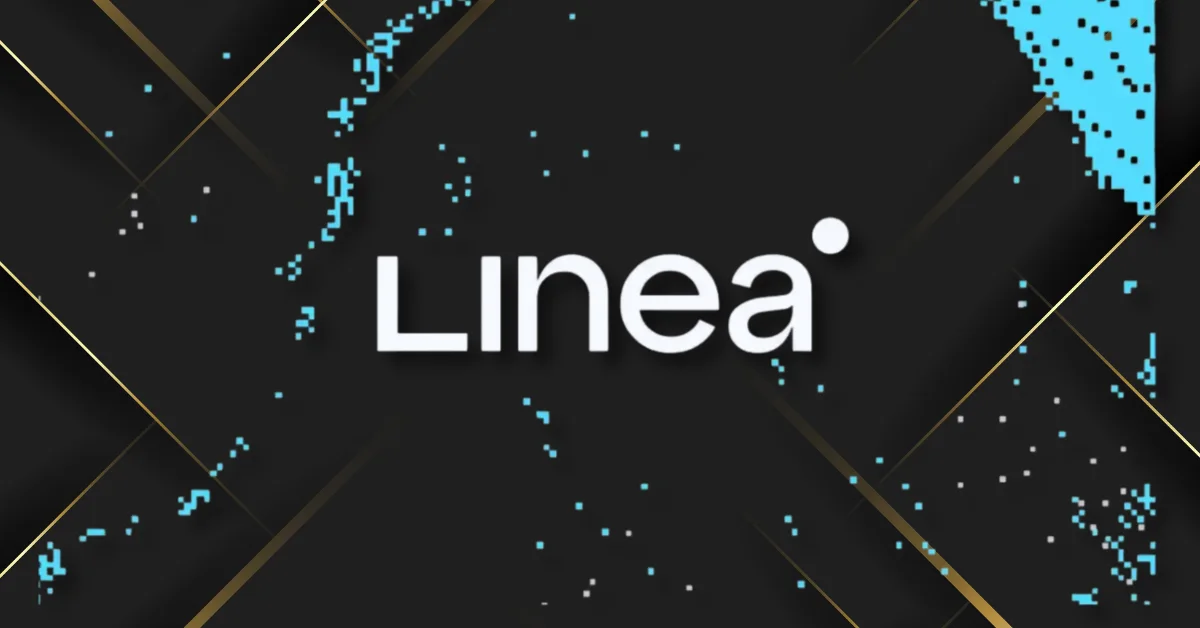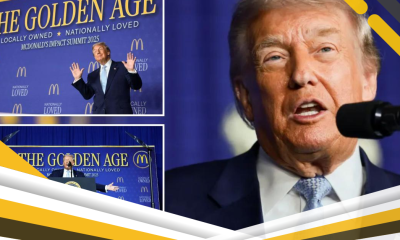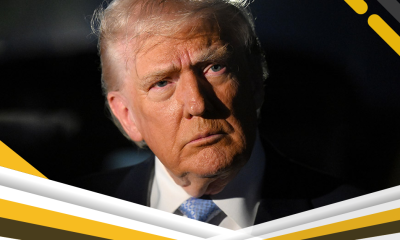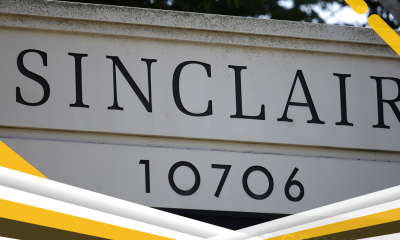Linea Crypto Price: Swift Tests On-Chain Migration via Ethereum Layer 2 Linea

The digital financial landscape is continually evolving, driven by innovations in blockchain technology and the growing demand for efficient, secure, and scalable solutions. A significant development I’ve been following closely is the recent revelation that Swift, the globally recognized interbank messaging network, is reportedly conducting swift tests on-chain migration via Ethereum Layer 2 Linea.
This move by Swift, which underpins trillions of dollars in global financial transactions, represents a crucial step towards bridging traditional finance with the decentralized world of blockchain. As an expert content writer, I aim to delve into the implications of this pilot, the role of Linea, and the dynamics of the Linea crypto price.
Linea Crypto Price: Swift Tests On-Chain Migration via Ethereum Layer 2 Linea
The news that Swift is experimenting with integrating its messaging system onto Linea, an Ethereum Layer 2 solution, has sent ripples across both traditional financial markets and the crypto ecosystem.
This isn’t merely a technical experiment; it’s a strong indicator of how established institutions are seriously exploring blockchain’s potential to revolutionize their core operations. I see this as a pivotal moment for on-chain migration, particularly for an industry as heavily regulated and interconnected as interbank payments.
Understanding Linea: Ethereum’s Scalability Powerhouse
At its core, Linea is a zero-knowledge Ethereum Virtual Machine (zkEVM) Layer 2 (L2) network, developed by ConsenSys, a prominent blockchain technology company known for products like MetaMask. It officially went live on its mainnet in July 2023, marking its entry into the competitive L2 space.
- Ethereum Equivalence: Linea is designed to be fully Ethereum-equivalent, which is a critical feature. This means that developers can easily deploy existing Ethereum smart contracts and tools on Linea without needing to make significant modifications. This compatibility lowers the barrier to entry for dApp migration and fosters a seamless transition for the vast Ethereum developer community.
- ZK-Rollup Technology: Leveraging ZK-rollup technology, Linea bundles multiple transactions off-chain and then submits a cryptographic proof of their validity to the Ethereum mainnet. This process dramatically increases transaction throughput and significantly reduces costs compared to directly transacting on Ethereum Layer 1.
- Institutional Focus: From my analysis, Linea has been strategically built with institutional-grade infrastructure, aiming for deep integration across various decentralized finance (DeFi) protocols and enterprise applications. Its emphasis on privacy through advanced cryptographic proofs is a key differentiator, particularly for institutions like banks that must adhere to stringent regulatory and confidentiality requirements.
The Significance of Swift’s On-Chain Migration Tests
Swift, the Society for Worldwide Interbank Financial Telecommunication, processes an immense volume of financial messages daily, connecting over 11,500 financial institutions globally.
The sheer scale and criticality of its operations mean any technological shift is monumental. The ongoing experiment with Linea involves more than a dozen major financial institutions, including titans like BNP Paribas and BNY Mellon.
I observe several key aspects that make this pilot program particularly noteworthy:
- Pioneering Institutional Adoption: This is arguably one of the most significant endeavors by traditional finance to explore a public blockchain L2 for its core messaging system. It signals a growing acceptance and exploration of blockchain beyond mere concept.
- Enhanced Privacy and Security: Swift reportedly chose Linea due to its strong emphasis on privacy, which is paramount for banks. The advanced cryptographic proofs offered by zk-rollups enable transactions to be verified without revealing sensitive underlying data, addressing a major concern for financial institutions.
- Scalability for Global Payments: The prospect of migrating Swift’s messaging system on-chain hinges on the ability of the underlying blockchain to handle massive transaction volumes efficiently and cost-effectively. Linea’s ZK-rollup architecture provides this necessary scalability.
- Multi-Month Project: The fact that this is a multi-month developmental project suggests a thorough and cautious approach, reflecting the complexity and importance of integrating blockchain into such a critical global financial utility. The pilot is examining both messaging and potential settlement functions.
Swift has not been a stranger to blockchain experimentation. Previous initiatives in August 2023 explored transferring tokenized value across various blockchains, and it also announced live trials for digital asset and currency transactions for 2025. These tests with Linea appear to be a continuation of their broader strategy to evaluate how decentralized technologies can enhance global finance.
Linea Crypto Price Dynamics: Beyond Just a Token
When discussing “Linea Crypto Price,” it’s important to differentiate between the value proposition of the Linea network itself and the native LINEA token. The Linea network uses ETH as its native gas token, meaning users pay transaction fees in ETH. However, Linea also has its own native asset, LINEA, which recently had a token generation event (TGE) in September 2025.
As of my last check, the live price of LINEA hovers around $0.0278 to $0.0280 USD, with a substantial 24-hour trading volume and a market capitalization in the range of $431 million to $434 million USD. It ranks around #131 on CoinMarketCap, demonstrating its presence in the broader crypto market. The circulating supply is approximately 15.48 billion LINEA coins, out of a maximum supply of 72.01 billion.
What I find particularly interesting about Linea’s tokenomics is its design to reinforce the broader Ethereum ecosystem. Linea implements a dual burn mechanism: 20% of all net income from gas fees is used to buy and burn ETH, and the remaining 80% is used to burn LINEA. This mechanism aims to create a sustainable value cycle where network growth directly benefits both Ethereum and the LINEA token by enhancing scarcity.
It’s also worth noting that the LINEA token is not tied to direct voting or governance rights in the same way traditional governance tokens are. Instead, its utility is focused on ecosystem incentives and growth funding. The governance of the Linea network is overseen by the Linea Consortium, which includes key Ethereum ecosystem leaders.
Gas Fees on Linea
Gas fees are a critical component of any blockchain network. On Linea, gas works very similarly to Ethereum due to its EVM equivalence. However, a notable difference is that the base fee on Linea tends to stabilize at 7 wei.
Gas costs on Linea cover both the execution of transactions on the L2 and the cost of posting the transaction and messaging data to the Ethereum mainnet (L1). The L1 component, which involves verifying cryptographic proofs and posting data in “blobs,” has historically been the more significant cost factor.
Despite some past discussions about higher gas fees, my current observation from LineaScan indicates very low costs, with a “Standard” transaction often costing less than $0.01 at around 0.05 Gwei. As the network matures and potentially integrates further scaling optimizations like EIP-4844 (proto-danksharding), these costs are likely to remain competitive.
The Broader Implications for Finance and Web3
The collaboration between Swift and Linea, alongside major financial institutions, holds significant implications:
- Traditional Finance Adoption: It validates the growing interest of established financial players in blockchain technology, moving beyond theoretical discussions to practical implementation and testing. This could pave the way for widespread adoption of decentralized ledger technology (DLT) in interbank communications and settlements.
- Validation for Ethereum L2s: Swift’s choice of Linea, a zkEVM L2, is a strong endorsement for the scalability and security solutions that Ethereum Layer 2s offer. It underscores their capability to meet the rigorous demands of institutional use cases.
- Hybrid Models: This experiment could accelerate the development of hybrid financial models where traditional systems integrate seamlessly with blockchain networks, offering the best of both worlds—the trust and regulatory compliance of legacy systems with the efficiency and transparency of blockchain.
Conclusion
The reported swift tests on-chain migration via Ethereum Layer 2 Linea represent a landmark moment in the convergence of traditional finance and blockchain technology. For me, it highlights the growing recognition of Ethereum’s robust security and the crucial scalability offered by L2 solutions like Linea.
Linea’s design, emphasizing privacy and Ethereum alignment, coupled with its distinct tokenomics, positions it as a significant player in attracting institutional adoption. While the Linea crypto price (LINEA token) reflects market dynamics, the more profound impact of this collaboration lies in its potential to redefine global interbank payments, making them faster, more efficient, and more secure.
As this multi-month project unfolds, I anticipate further insights into how blockchain will truly integrate into the fabric of our global financial infrastructure.
Frequently Asked Questions (FAQ)
Linea is an Ethereum Layer 2 (L2) network built by ConsenSys that uses zkEVM (Zero-Knowledge Ethereum Virtual Machine) and ZK-rollup technology to scale Ethereum, offering faster and cheaper transactions while maintaining Ethereum’s security.
Swift reportedly chose Linea due to its emphasis on privacy through advanced cryptographic proofs, a feature deemed crucial for banks needing to balance innovation with stringent regulatory requirements and data confidentiality.
Yes, Linea has a native token called LINEA. Its utility is primarily focused on ecosystem incentives and growth funding. While it doesn’t offer direct governance rights, its tokenomics include a dual burn mechanism where a portion of network fees is used to burn both ETH and LINEA tokens.
Linea’s gas fees are generally significantly lower than Ethereum’s Layer 1, thanks to its ZK-rollup architecture. While Linea uses ETH as its native gas token, the base fee on Linea tends to stabilize at a very low 7 wei, leading to transactions costing typically less than $0.01.
The live price of the LINEA token is currently around $0.0278 – $0.0280 USD, with a market capitalization of approximately $431 million – $434 million USD.












